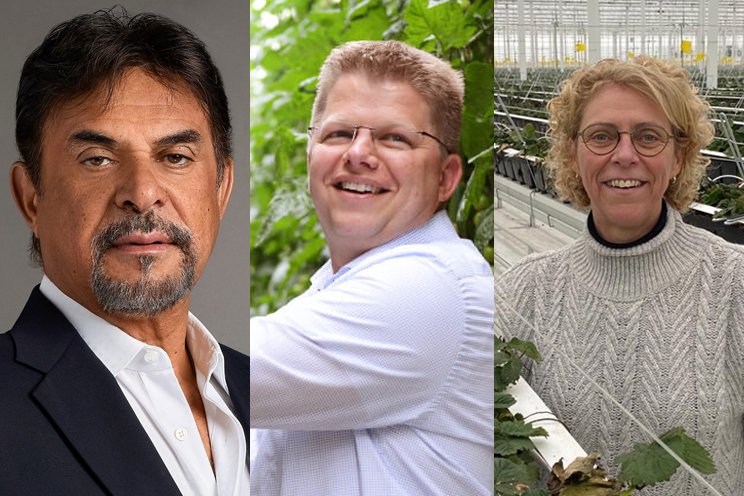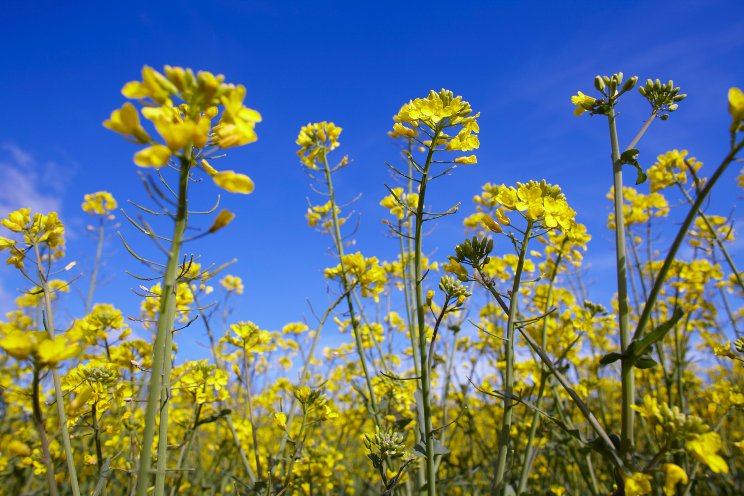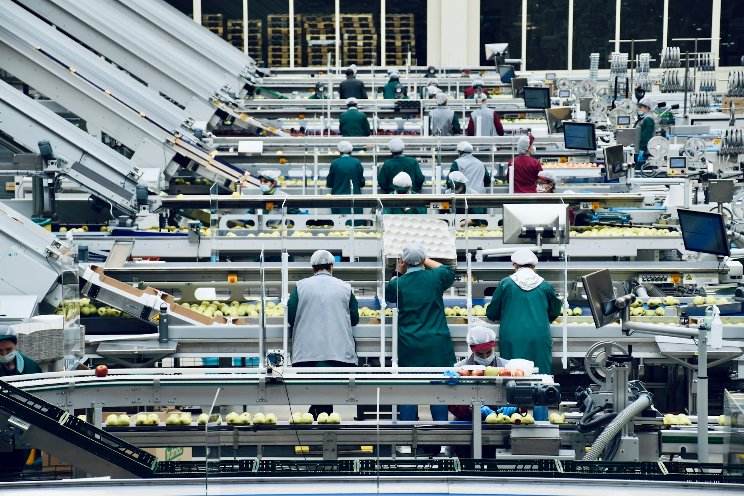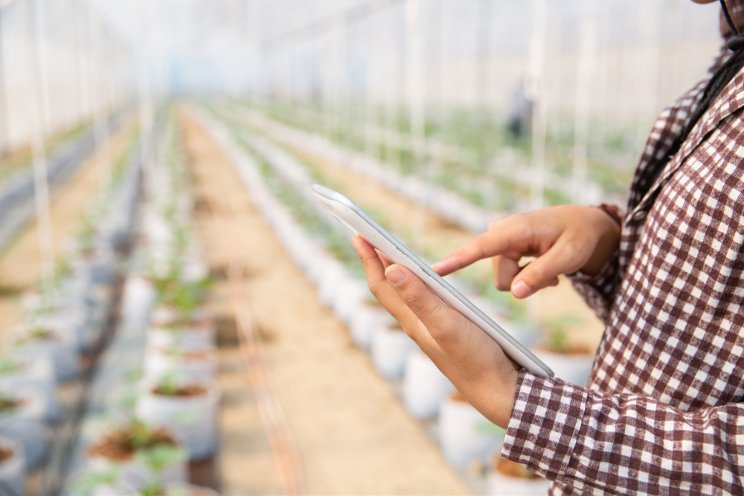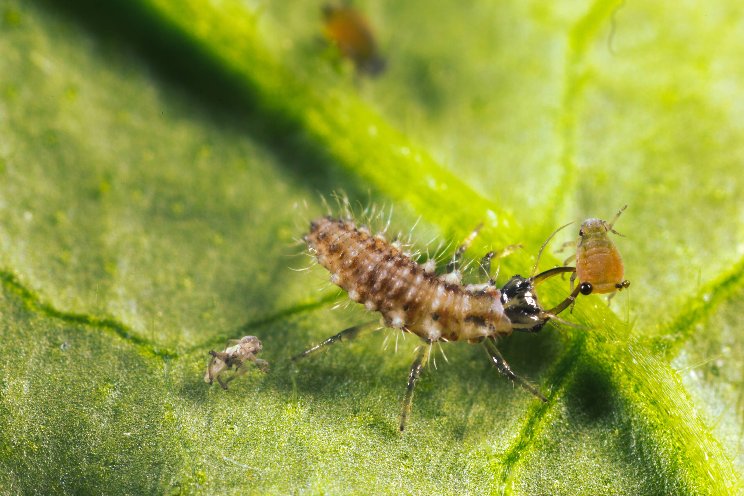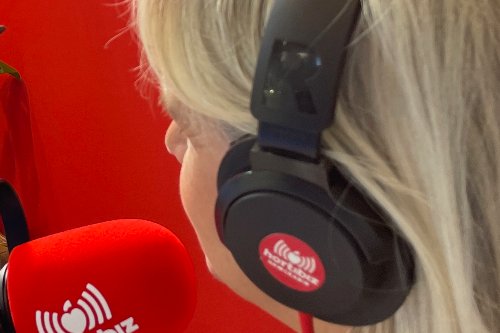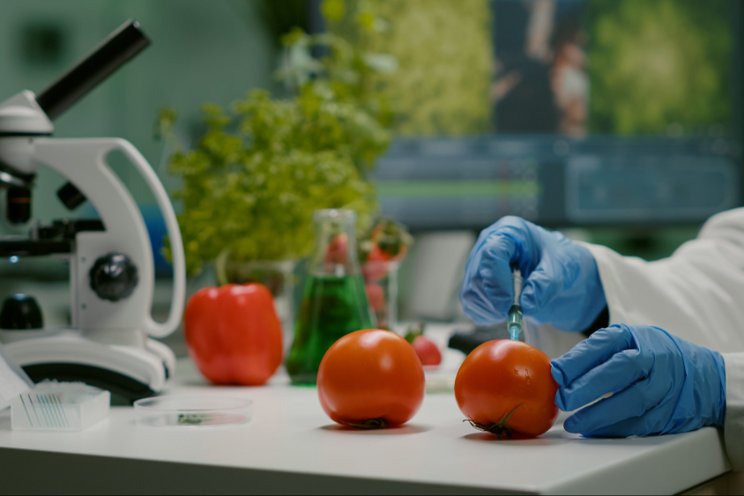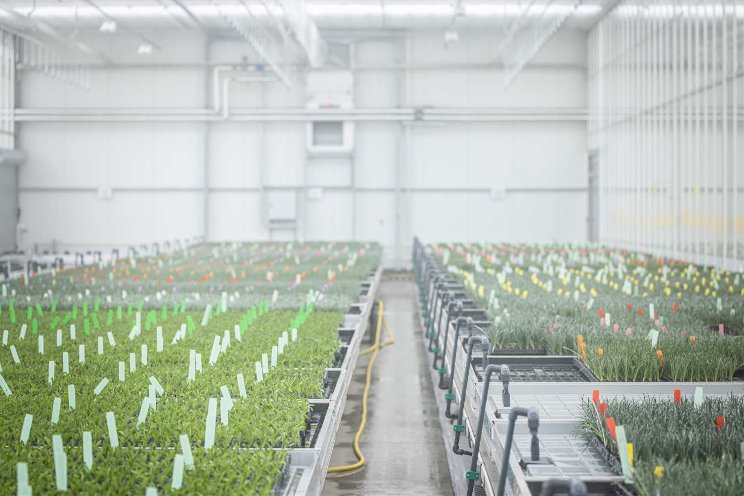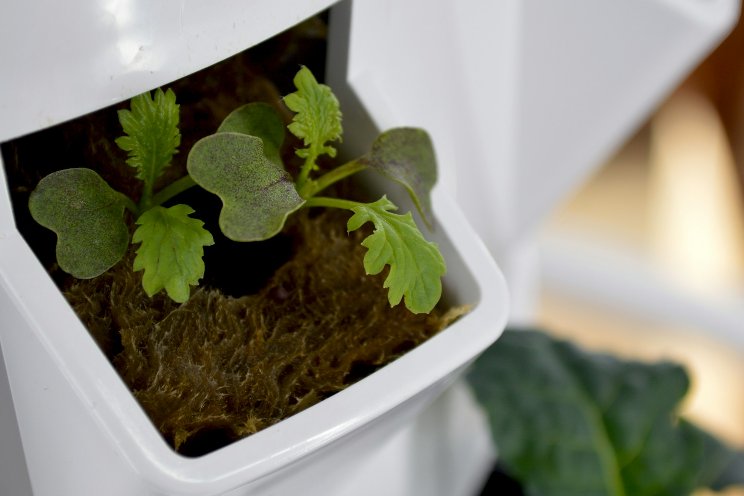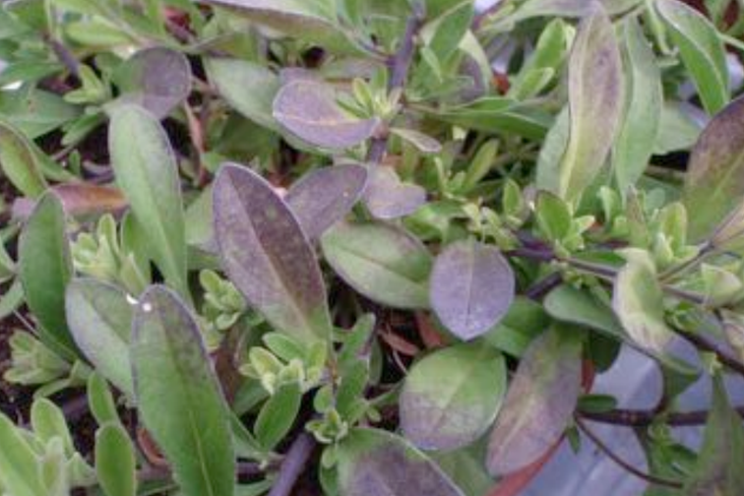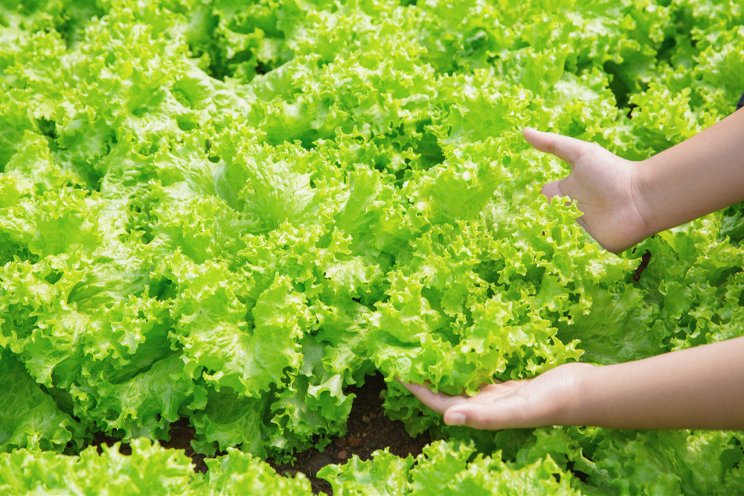Is the biggest greenhouse in the US the future of farming?
Added on 10 October 2021
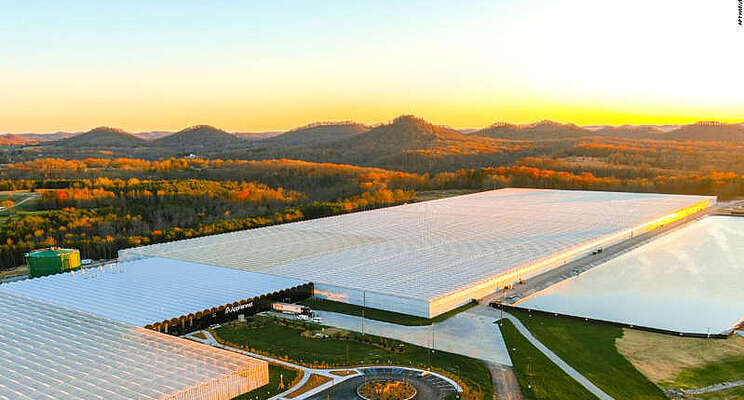
The global population is headed toward 10 billion people by 2050, and the UN predicts that we will need to produce 70% more food to feed them. Jonathan Webb, founder and CEO of AppHarvest, believes AI-powered greenhouses are a solution.
"We have to figure out how to grow a lot more food with a lot less resources, all the while in the middle of climate disruption," says Webb. "We can do that by using technology."
Controlling the environment
Built in 2020 and set across 60 acres, AppHarvest says that its state-of-the-art greenhouse yields 30 times more per acre than open fields, while using 90% less water.
"The facility allows you to control the light, the heat, and the nutrition of the crops," says Josh Lessing, AppHarvest's chief technology officer. "When you have that much control over the environment, you can do a lot of interesting things," he says.
LED lights are used to supplement natural light and crops are grown without soil, in an alternative growing medium that allows water and nutrients to be absorbed by the plant root.
Using 300 sensors and AI, the facility collects data from over 700,000 plants, and growers can remotely monitor the microclimate to ensure that crops receive the ideal amount of nutrients and water. AppHarvest's robots assess which tomatoes are ripe enough to be harvested, and then pick and prune them using their robotic arms.
"Building technology to forecast, steer the crop, and create absolute stability in the food supply allows us to grow locally and control our food destiny. That's the real opportunity with robotics and AI," says Lessing.
The impact of agriculture
Global food production currently accounts for a third of greenhouse gases, 80% of deforestation, 70% of terrestrial biodiversity loss, and 70% of all freshwater use, according to the WWF, but a range of companies are looking for solutions.
As well as high-tech greenhouses, vertical farms, where food is grown indoors in vertically stacked beds without soil or natural light, are growing in popularity. NextOn operates a vertical farm in an abandoned tunnel beneath a mountain in South Korea. US company AeroFarms plans to build a 90,000-square-foot indoor vertical farm in Abu Dhabi, and Berlin-based Infarm has brought modular vertical farms directly to grocery stores, growing fresh produce in Tokyo stores.
Professor Hon-ming Lam teaches climate-smart and sustainable agriculture and plant and agricultural biotechnology at The Chinese University of Hong Kong. He believes greenhouse farming can help ensure food security, and says that building greenhouses on land that is inaccessible to field farming, or near to a city where the produce will be consumed, can cut costs and carbon emissions.
But there are challenges; Lam says that high-tech greenhouses can successfully produce vine crops and leafy greens, but growing cereals and staple crops is impractical.
He adds that big greenhouses have historically been expensive to operate and required a lot of electricity, although introducing LED technology and improving insulation design has brought energy consumption down.
AppHarvest hopes to improve efficiency and minimize its carbon emissions and by using renewable energy sources in the future.
Currently, AppHarvest's tomatoes can be found at grocery chains and restaurants around the US, sold at around the same price as a standard tomato. In coming years, the Morehouse facility plans to grow other types of vine crop such as cucumber or peppers. A new facility is being built in Kentucky to grow leafy greens and herbs, and another for berries.
"Agriculture is one of the world's biggest polluters," Lessing says. "We're creating a new framework for how to restructure the food supply, lower carbon emissions and create stability."
Source : Msn News
Photo Courtesy of AppHarvest
Source: Msn News
More news
